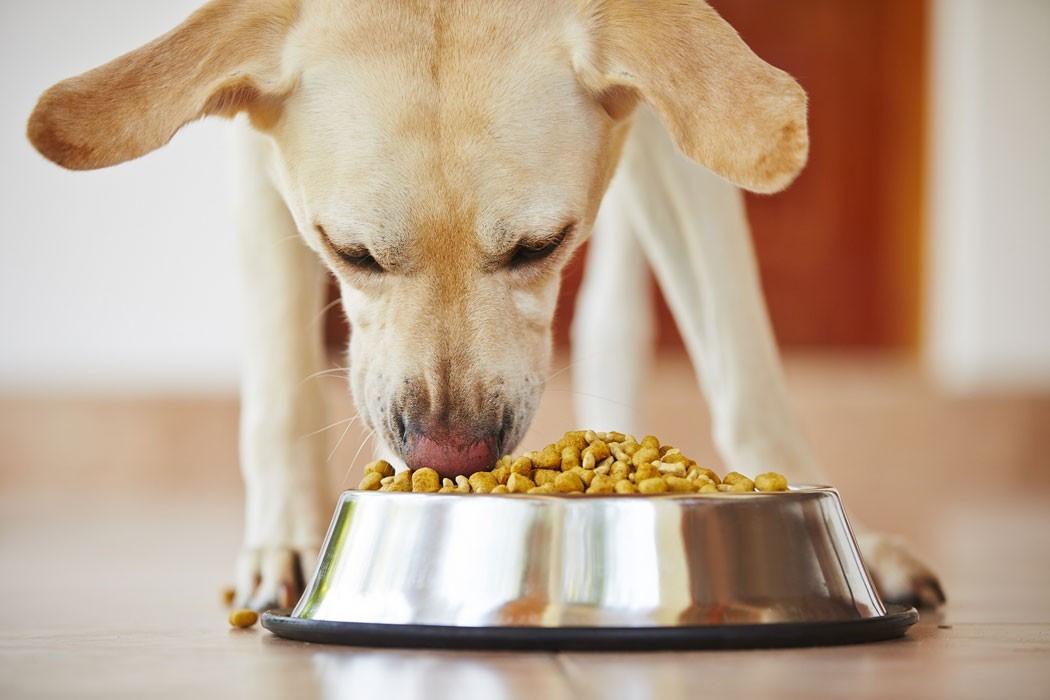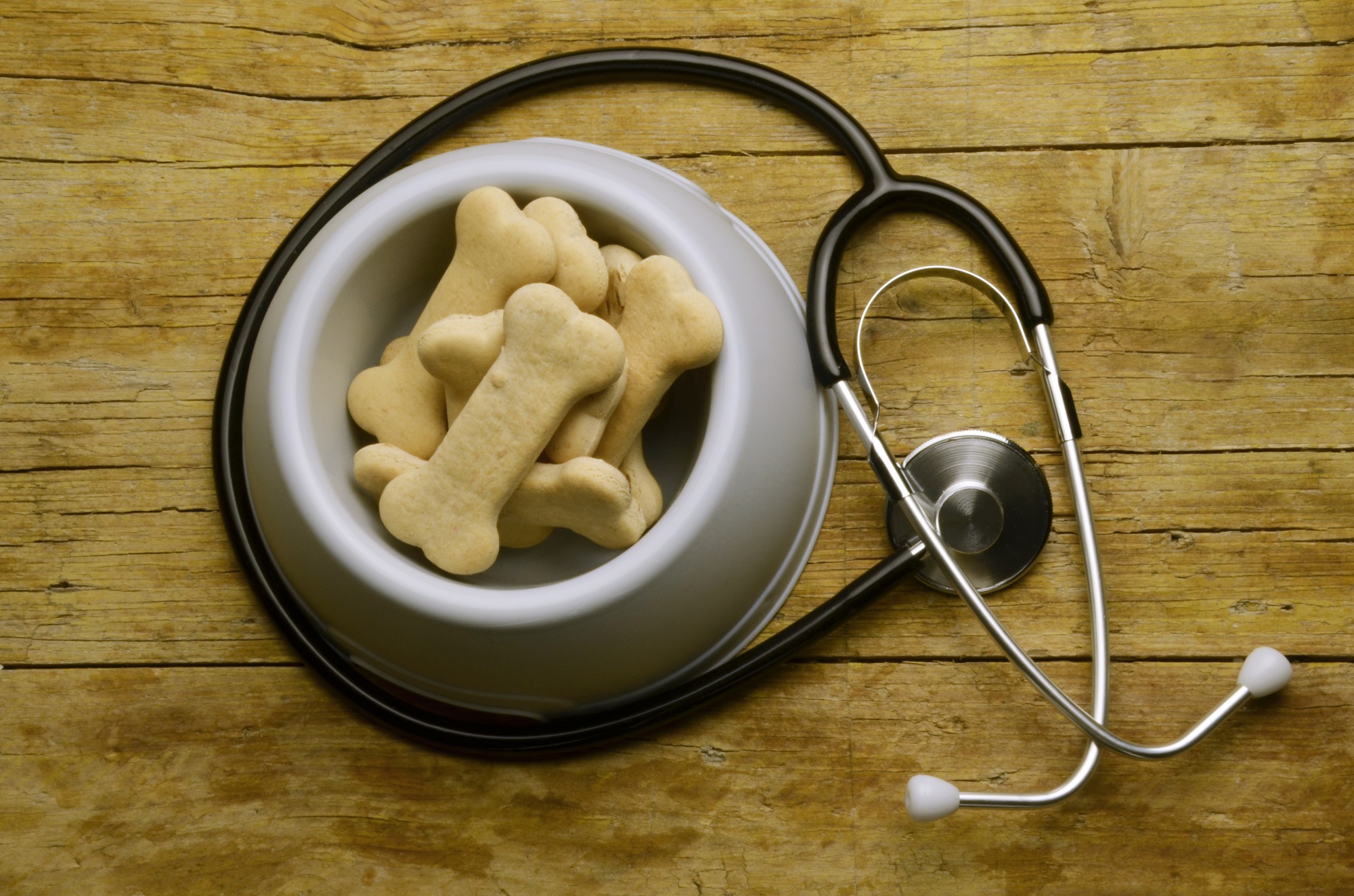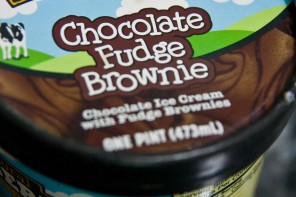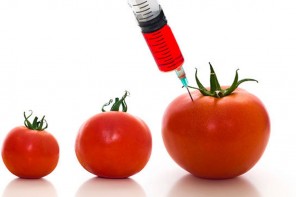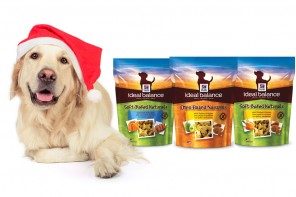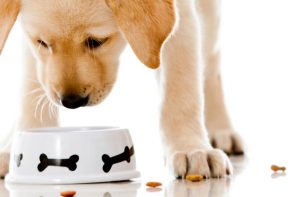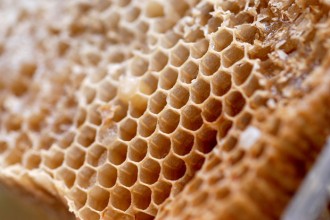Is there any better feeling than walking into your house at the end of a long day and seeing your furry friend so excited to see you, with sparkly eyes and a wagging tail? You love your pets and want them to be happy and healthy. A huge part of ensuring that involves scrutinizing their food.
Sure, pet food doesn’t always look or smell too appetising, and you might wonder how on earth your furry friends can find it so tasty. But just because the food is marketed as being suitable for them, it doesn’t always mean that it is healthy for them.
A recent study in England tested 17 leading pet foods for both dogs and cats, and found that there were often unspecified meats in them. Although no horse DNA was present, in the 14 samples that were tested, chicken, cow and pig DNA were found. Worst of all, these were not labelled on the products. Unspecified ingredients can be harmful to your pets, such as if they are sensitive or allergic to them. Plus, if they are not labelled clearly, then who knows what other ingredients aren’t either?
Although based overseas, the study definitely points to how pet owners need to be more aware of what is in their pet’s food. You can tell a lot by noticing how it is labelled.
Take a Closer Look
Here in South Africa, some labels you should look out for include words like ‘flavour.’ This is best avoided because the product could have artificial flavouring and none of the real thing. If it says ‘With chicken’ or ‘With beef’, the product contains more than four percent of the meat specified. ‘High’ or ‘rich’ labels (for instance, ‘rich in chicken’), means that the product has a minimum of 14 percent of that meat. The word ‘all’ – such as ‘all beef’ – has greater amounts of the meat present but it only has to have over 65 percent of it, so it’s still not guaranteed that the pet food will not contain other meats. To lower your risk, always check that the food is listed with specific meats. If the product lists its ingredients with labels such as ‘poultry’ or ‘animal’, this is suspicious.
Balanced, Natural Nutrition
Luckily, you don’t have to keep serving your pets mystery meat. There are safer options available to keep them healthy. Choosing brands that make use of naturally-based foods is a good idea. An example is Hill’s Pet Nutrition. It doesn’t contain any soy, artificial flavours or preservatives. You can choose from a variety of foods that will give your dog or cat the right nutrients it needs depending on its age and dietary requirements. Vondis is another food to try as it contains natural ingredients in meals and treats for pets, making use of raw veggies and real meat.
Ready to Go Raw?
Raw food has been said to be healthier for pets, but there are potential dangers to it. Here are some important tips:
- Remember that you don’t have to let your pets go on a completely raw diet, especially if you’re worried about bacteria lingering in raw meat.
- Prevent bacteria from infecting your home or members of your family. Always wash your hands and surfaces well after preparing raw foods.
- Make sure you freeze meat products before feeding them to your pets. When it’s time to thaw them, do so in your microwave or fridge, not on kitchen surfaces. Always refrigerate what your pets don’t finish immediately so that the leftovers are safe.
- Speak to your vet before embarking on a raw diet for your pets. Your vet will help you formulate a raw food diet that is nutritionally balanced – also taking your pets’ specific nutritional requirements into account – so that your pets get what they need and avoid the risks.

